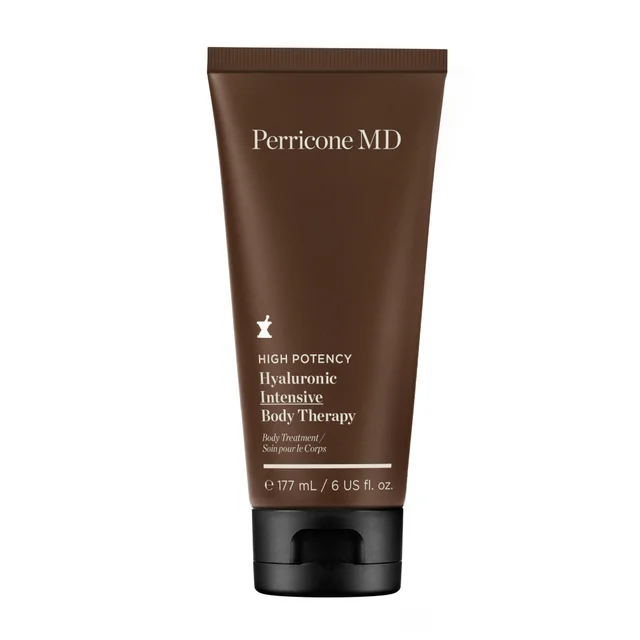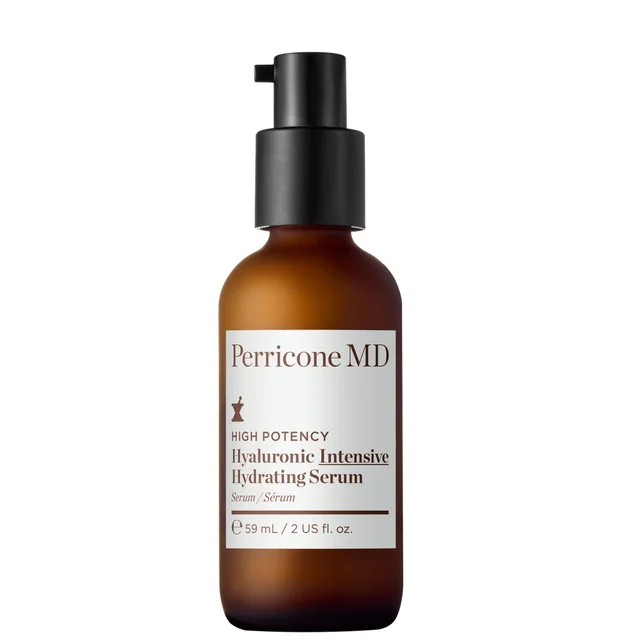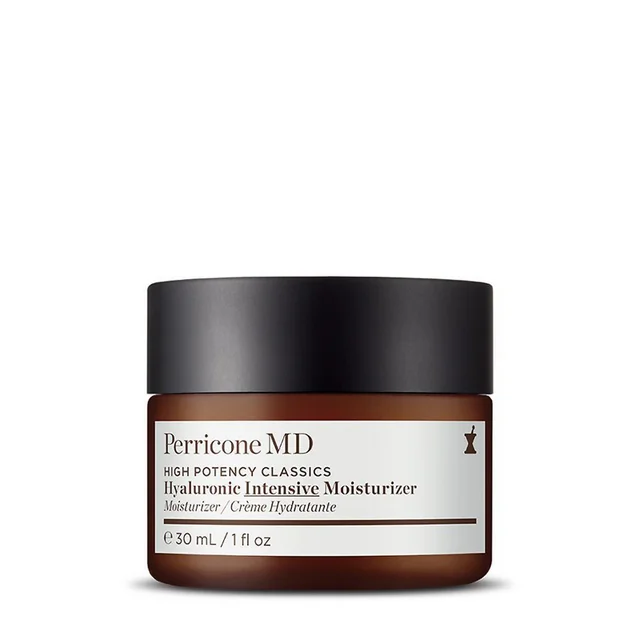Hyaluronic Acid: Benefits, Use & Pairings
What Is Hyaluronic Acid and What Does It Do?
Hyaluronic acid is a naturally occurring substance found in the skin, eyes, and joints. While its name may have seemed intimidating at first, it’s now a staple in modern skincare. And for good reason.
This naturally occurring molecule is a powerful humectant, meaning it draws moisture into the skin and helps keep it there. That’s how it helps replenish the hydration skin needs to stay supple and resilient.
Why It Matters
About 50% of the body’s hyaluronic acid is stored in the skin, helping to keep it plump, elastic, and firm. But as we age, our natural reserves decline, leading to visible signs of ageing like fine lines and loss of elasticity.
That’s why topical hyaluronic acid is essential. It replenishes lost hydration, visibly smooths the skin, and helps restore elasticity and volume over time.
Hyaluronic Acid Benefits
Hyaluronic acid does more than just hydrate. It strengthens skin from the inside out, delivering real, visible benefits:
Skin that feels deeply hydrated. Increased look of elasticity and bounce A visibly plumper, firmer appearance Smoother texture and fewer fine lines Reinforced moisture barrier to lock hydration in
Hyaluronic acid molecules come in different sizes. This allows them to absorb effectively into the skin’s surface and create long-lasting, multi-dimensional hydration that supports healthy-looking skin from every angle.
Take it beyond the face with High Potency Hyaluronic Intensive Body Therapy. Designed for areas like arms, legs, and décolletage, it delivers smooth, radiant skin from head to toe.
What to Look for in Hyaluronic Acid Products
The Power of Our Hyaluronic 4 + 2 Complex
Featured in the High Potency collection, our Hyaluronic 4 + 2 Complex combines:
4 molecular forms of hyaluronic acid 2 natural building blocks that help skin retain hydration
The result? Skin that looks and feels smoother, firmer, and more resilient with hydration that lasts.
How to Apply Hyaluronic Acid
When Should You Use It?
Morning and night After cleansing Before moisturiser or oils
How to Apply It
For best results, apply hyaluronic acid to clean, slightly damp skin. This allows it to bind moisture more effectively and amplify hydration at every level.
Start with clean, slightly damp skin Apply a few drops of hyaluronic acid serum or a pea-sized amount of hyaluronic acid moisturiser Gently press it into your skin Follow with your regular moisturiser or facial oil to seal in hydration
How Often and How Much?
Use twice daily for best results A little goes a long way – pea-sized for face, more for body
Additional Tips for an Effective Routine
Layer water-based formulas like hyaluronic acid serums before heavier creams or oils to ensure proper absorption. Use daily sun protection. Hydration alone doesn’t shield skin from UV damage, which accelerates aging and moisture loss. Choose gentle, hydrating cleansers instead of harsh ones to avoid stripping skin and compromising hyaluronic acid’s effects. Consistency is key. Benefits from hyaluronic acid build over time, so daily morning and night use is best.
FAQs: Hyaluronic Acid Pairings, Usage & Myths
Can You Use Hyaluronic Acid with Retinol?
Yes, hyaluronic acid and retinol make a powerful pairing. Retinol accelerates surface cell turnover and reduces visible signs of aging but can cause dryness, especially when starting. Hyaluronic acid delivers essential hydration and leaves skin calm to the touch , making it ideal for sensitive skin.
For optimal results, apply retinol first to clean, dry skin. Then layer hyaluronic acid to hydrate and soothe, followed by a moisturiser to lock everything in. This routine maximises retinol’s benefits while minimising discomfort.
Can You Use Hyaluronic Acid with Vitamin C?
Absolutely. Vitamin C brightens and evens tone, making it a go-to for dull or uneven skin. Hyaluronic acid enhances hydration and helps smooth the skin’s surface, creating a well-rounded routine that targets both tone and texture.
Apply vitamin C first, then layer hyaluronic acid on top.
Can You Use Hyaluronic Acid with Niacinamide?
Yes. These two ingredients complement each other well. If layering, apply hyaluronic acid first, followed by niacinamide.
To optimise absorption, wait 30–60 seconds between each step.
Can You Use Salicylic Acid with Hyaluronic Acid?
Yes. Salicylic acid exfoliates and helps unclog pores, but it can be drying. Hyaluronic acid replenishes moisture, making it an excellent companion to salicylic acid.
Use hyaluronic acid after salicylic acid to calm and hydrate the skin.
Can You Use Hyaluronic Acid While Pregnant?
Yes. Hyaluronic acid is considered safe during pregnancy. It’s non-toxic, non-irritating, and naturally produced by the body.
If you're using it alongside other actives, consult your doctor, but on its own, it’s a safe, effective way to hydrate and soothe skin during pregnancy.
Can Hyaluronic Acid Cause Breakouts?
Not typically. But if used incorrectly, it can cause surface dehydration, which might clog pores.
Why Hyaluronic Acid Should Be Part of Your Routine
There’s a reason hyaluronic acid has earned its reputation as a must-have skincare ingredient. It delivers what your skin needs most, hydration, while supporting its structure, texture, and long-term resilience.
Shop This Post:



